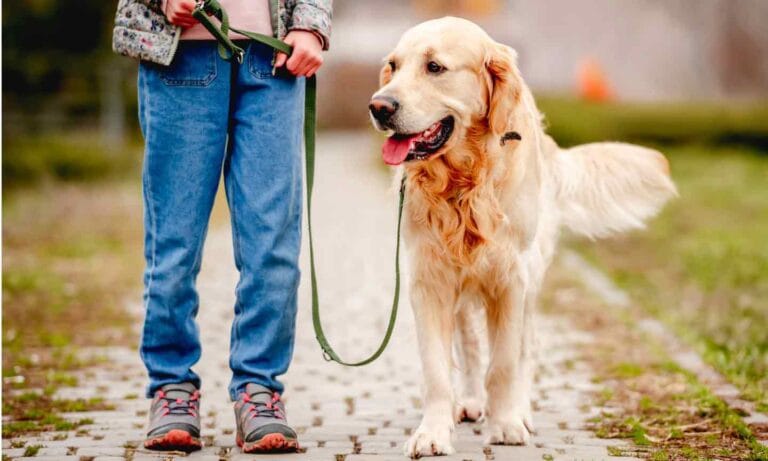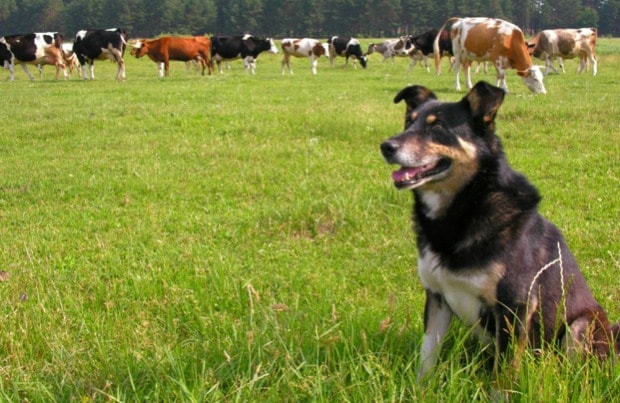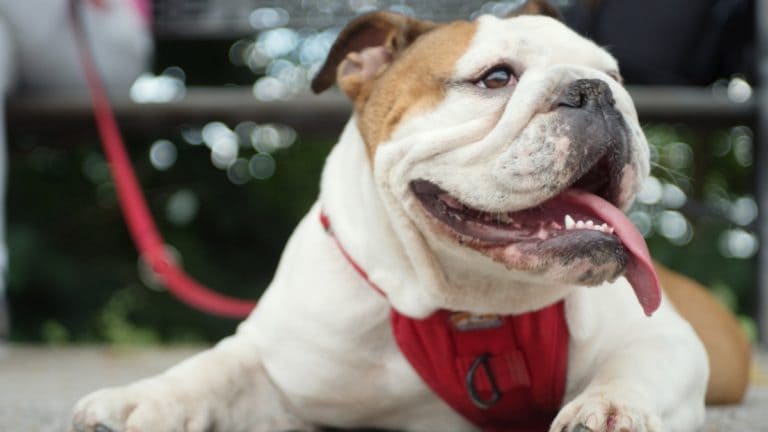If you visit a local shelter or large rescue organization to check out the dogs available for adoption, you have probably noticed the same types of dogs showing up again and again. So, why do certain dog breeds seem to end up in shelters more often? The answer, says Holly Sizemore, chief mission officer of Best Friends Animal Society, is that certain regions of the country may experience a higher volume of certain types of dogs, largely due to the popularity of that breed or mixed-breed type in the area.
If you see the same type of dog in your area shelters, your assumption may be that dogs of that particular breed may not make a good pet. But remember: Dogs end up in the shelter system because of “human problems, not dog problems,” says Sizemore. From housing restrictions to a failure to work with a pet professional on proper training, there are countless reasons why some dogs who would make amazing pets end up waiting in a shelter or rescue for someone to adopt them into their forever homes.
Another complicating factor: Shelters and rescues sometimes don’t know the breed history and will list a dog according to their best guess. “We know that visual inspections are not very good. A dog may look like one breed, but be another,” says Emily Weiss, former vice president of research and development for the ASPCA. For instance, a dog could be labeled as a Jack Russell based on looks alone, but may actually be a Chihuahua-mix, she says.
So, what breeds and breed mixes are you most likely to find at your local shelter? We pulled data from Petfinder.com and other shelter experts to bring you this list.
American Pit Bull Terrier
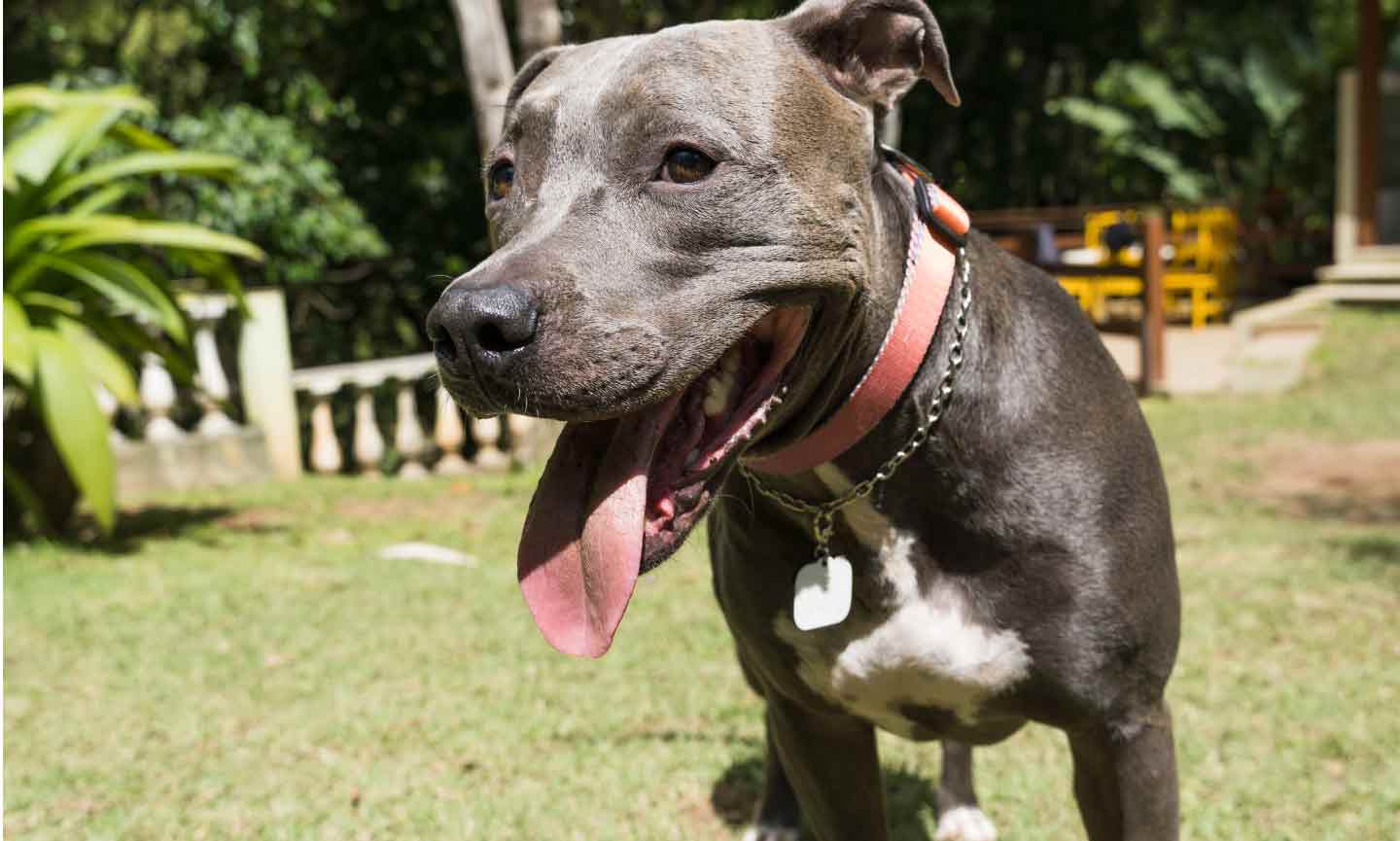
Labrador Retriever
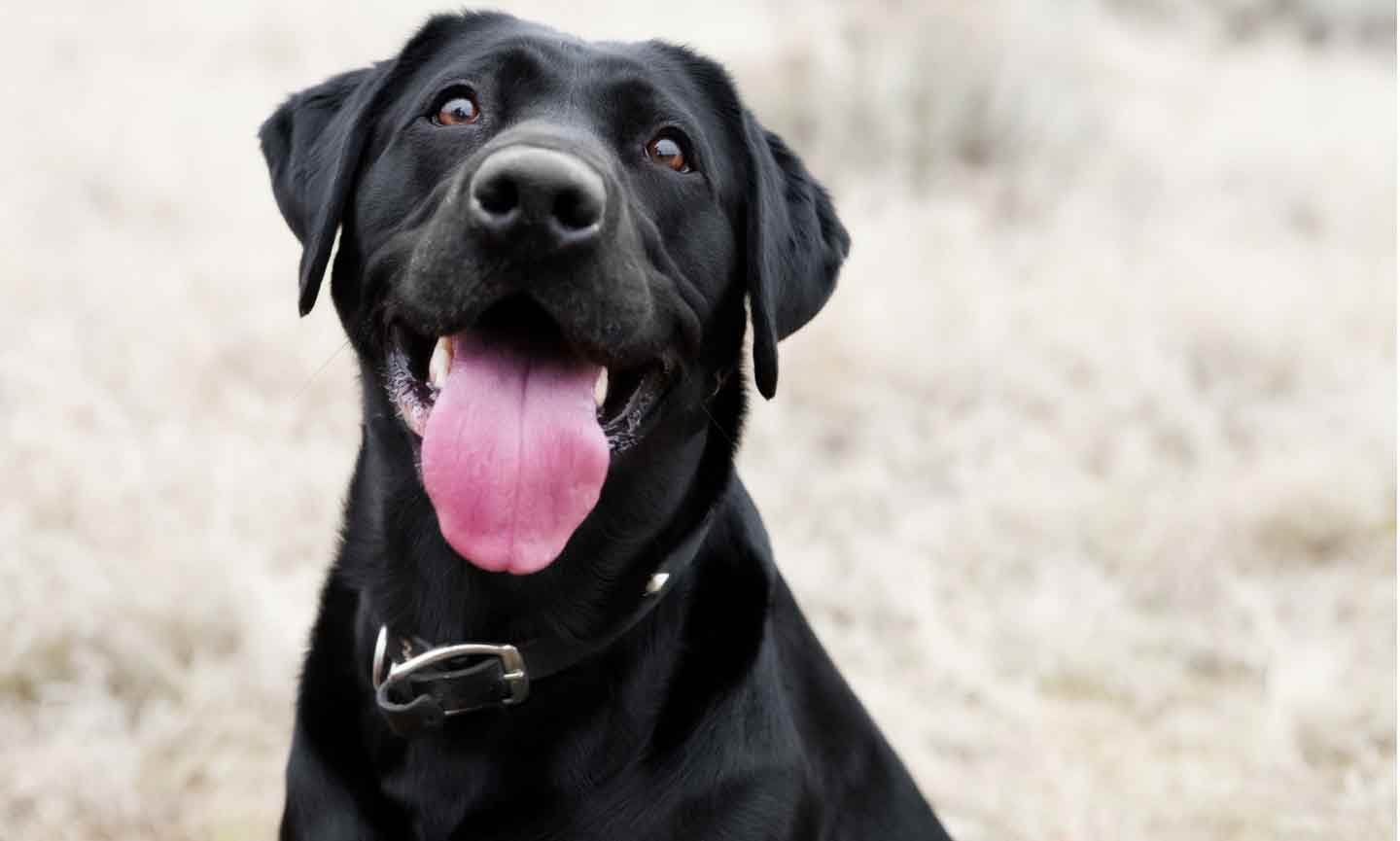
German Shepherd
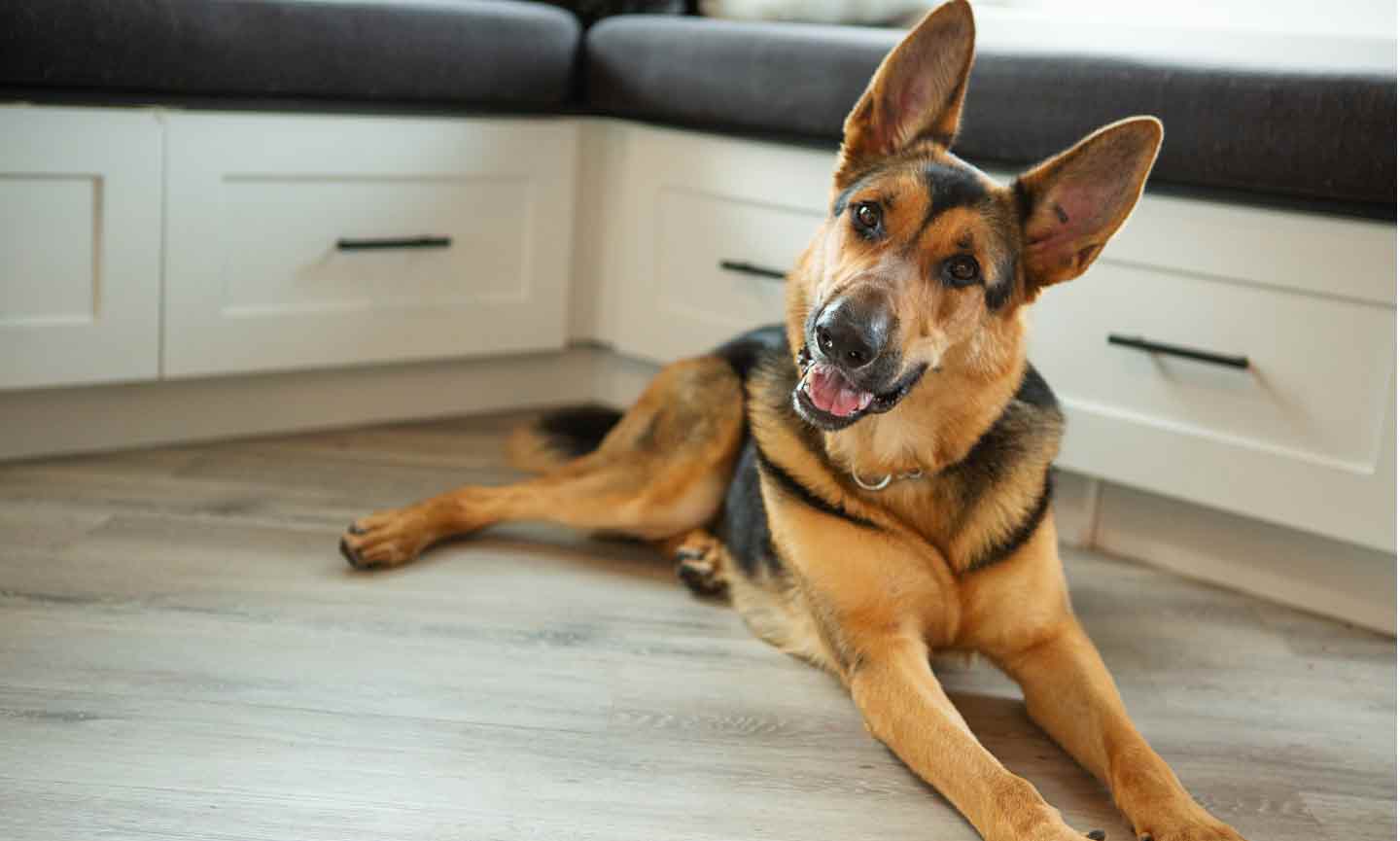
Chihuahua
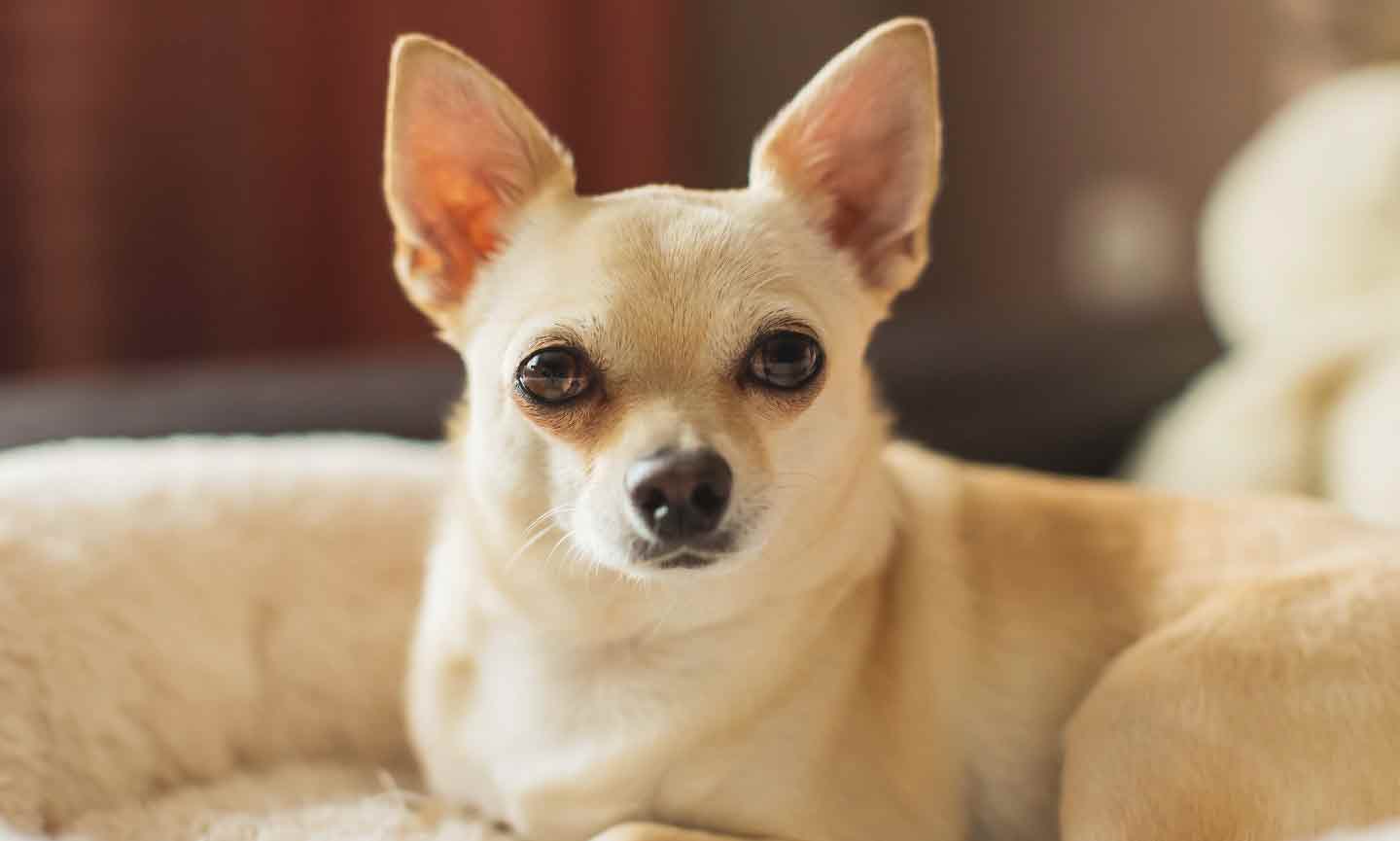
Boxer
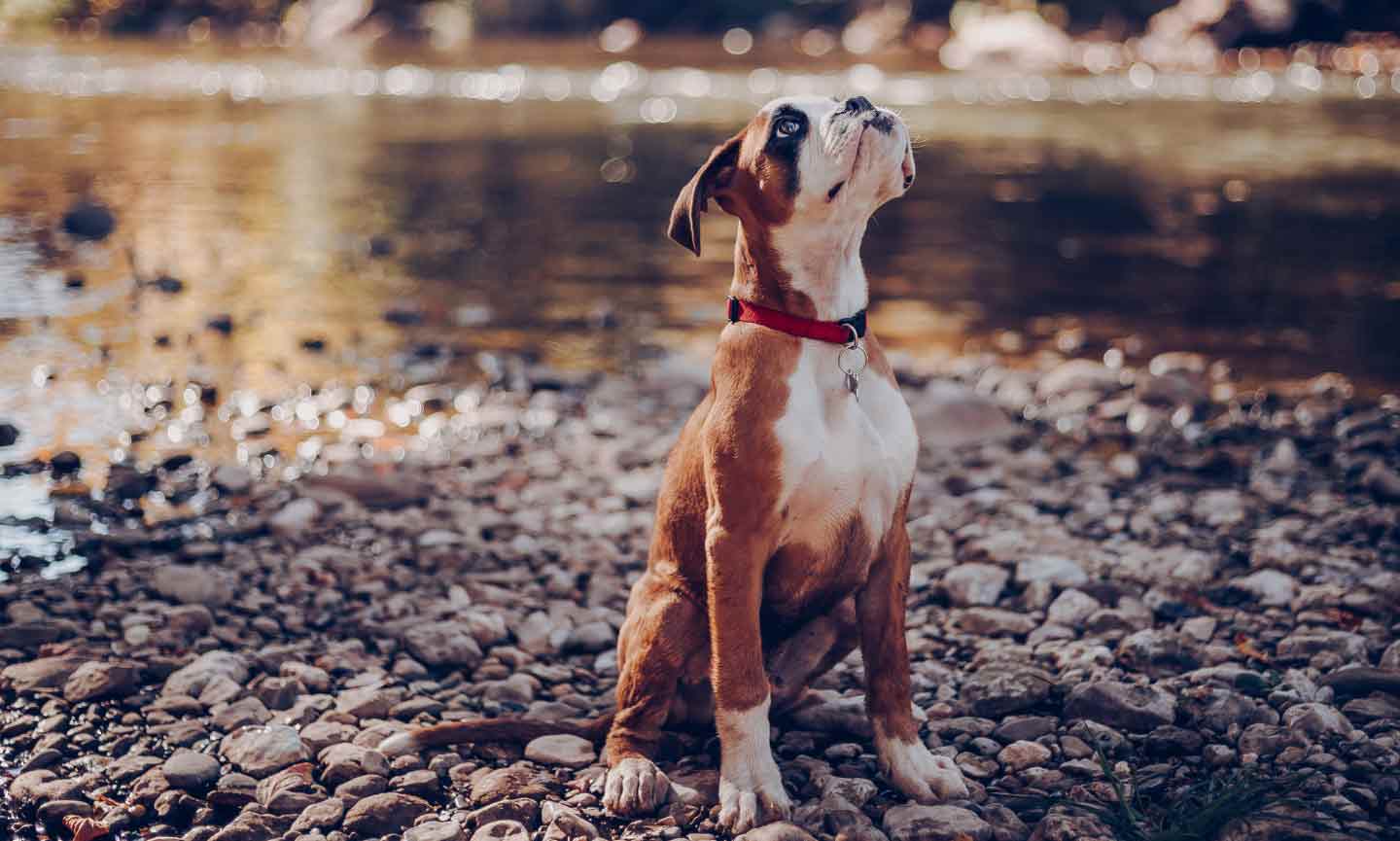
Beagle

American Bulldog
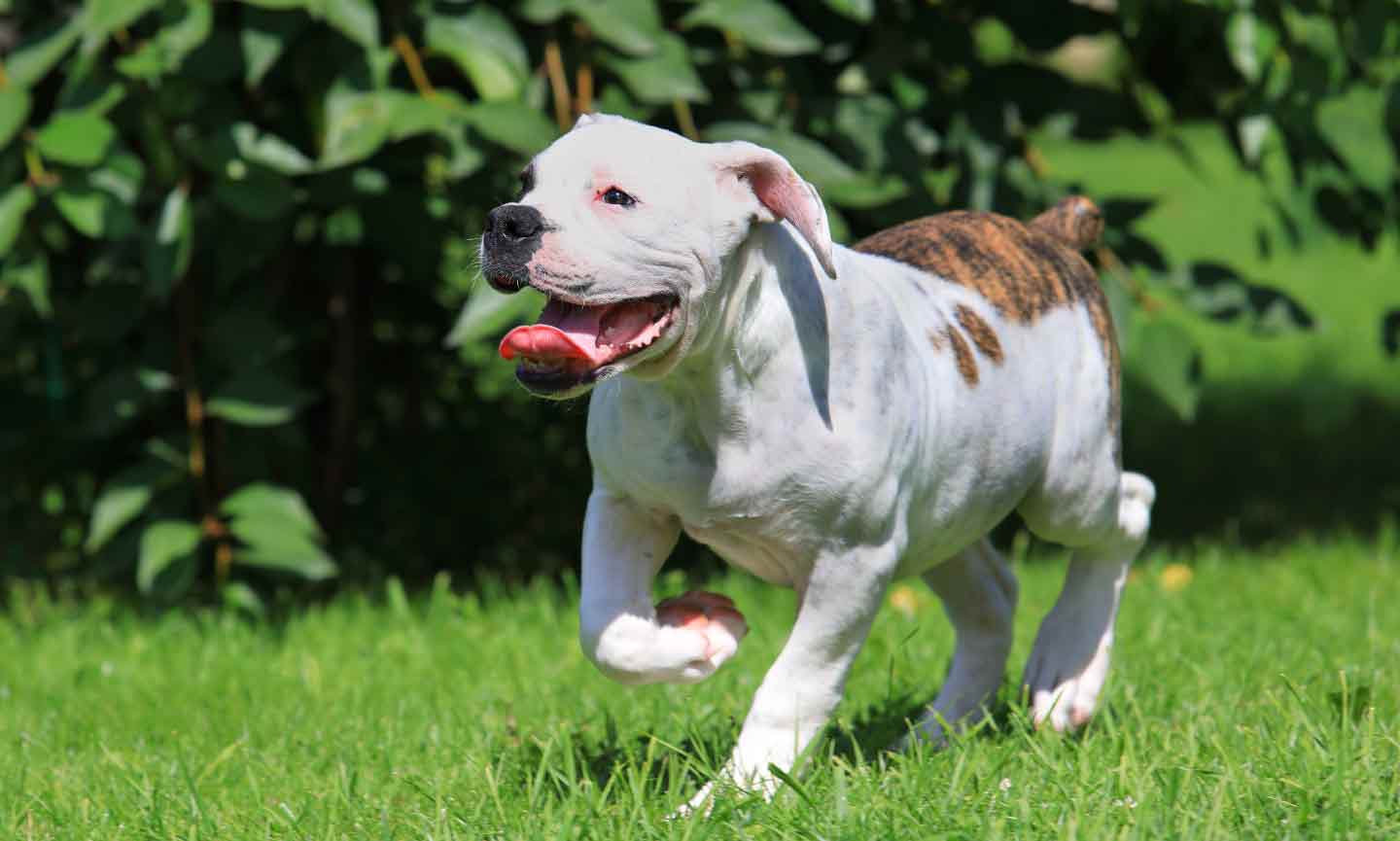
American Staffordshire Terrier
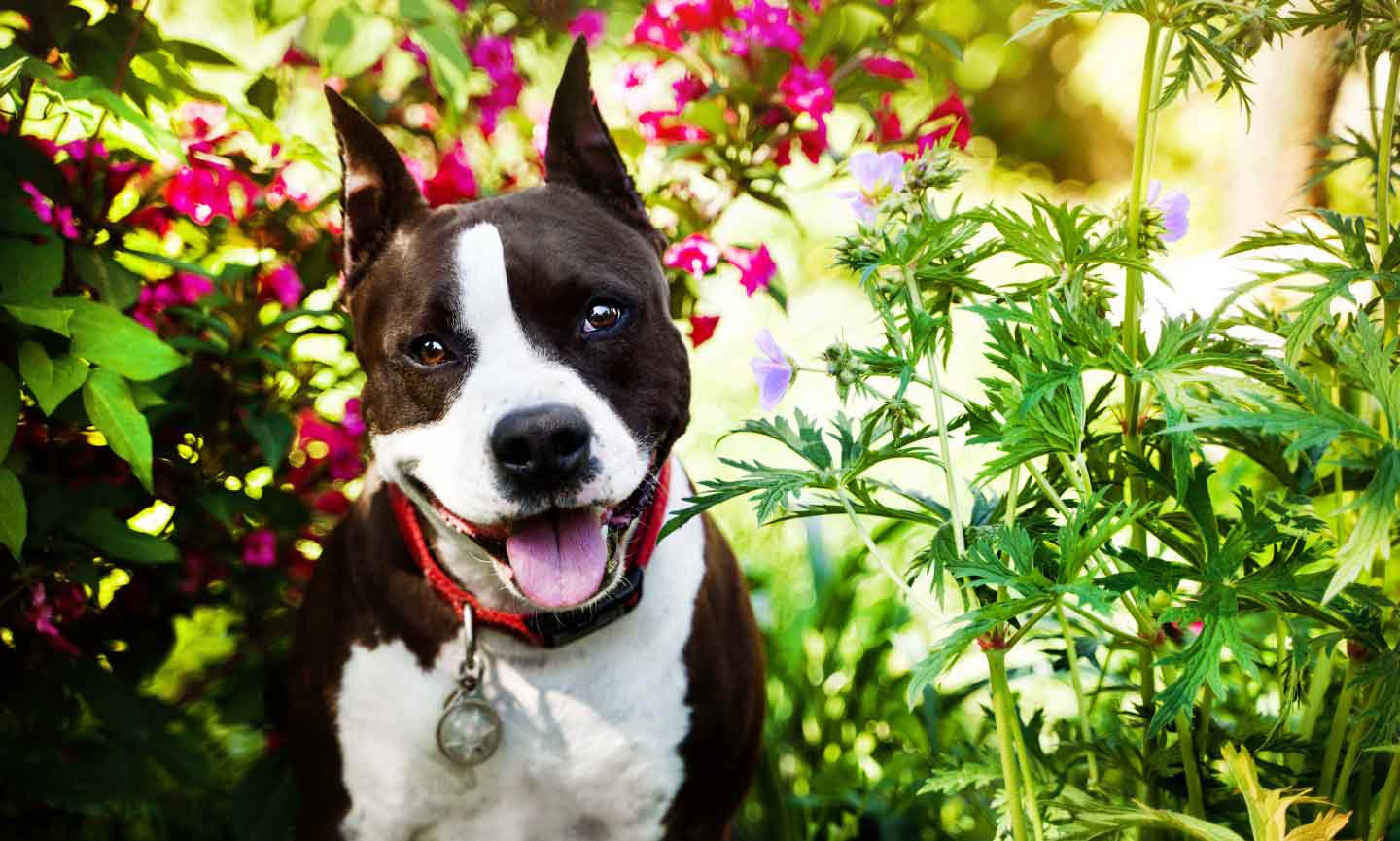
Border Collie
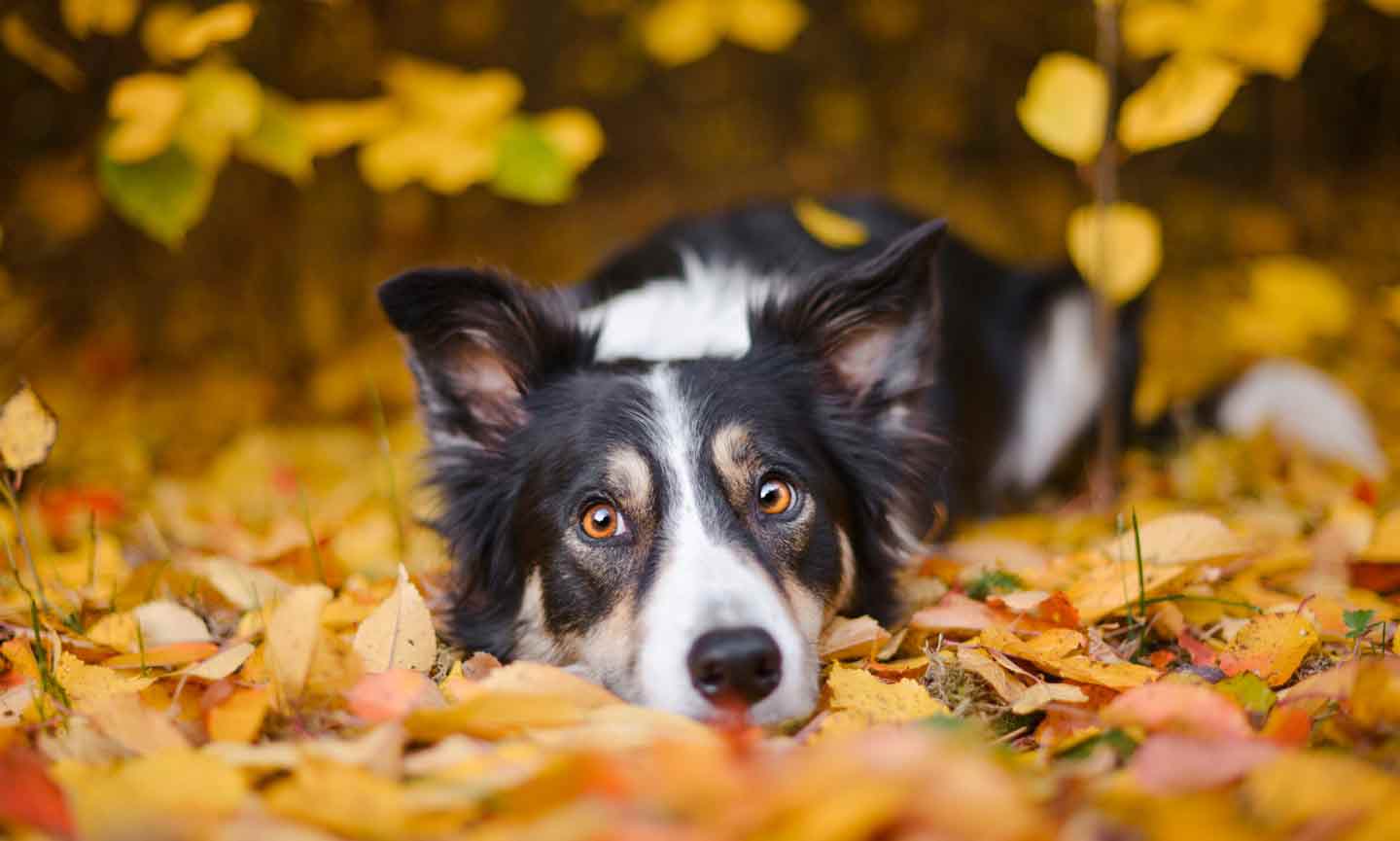
Australian Cattle Dog
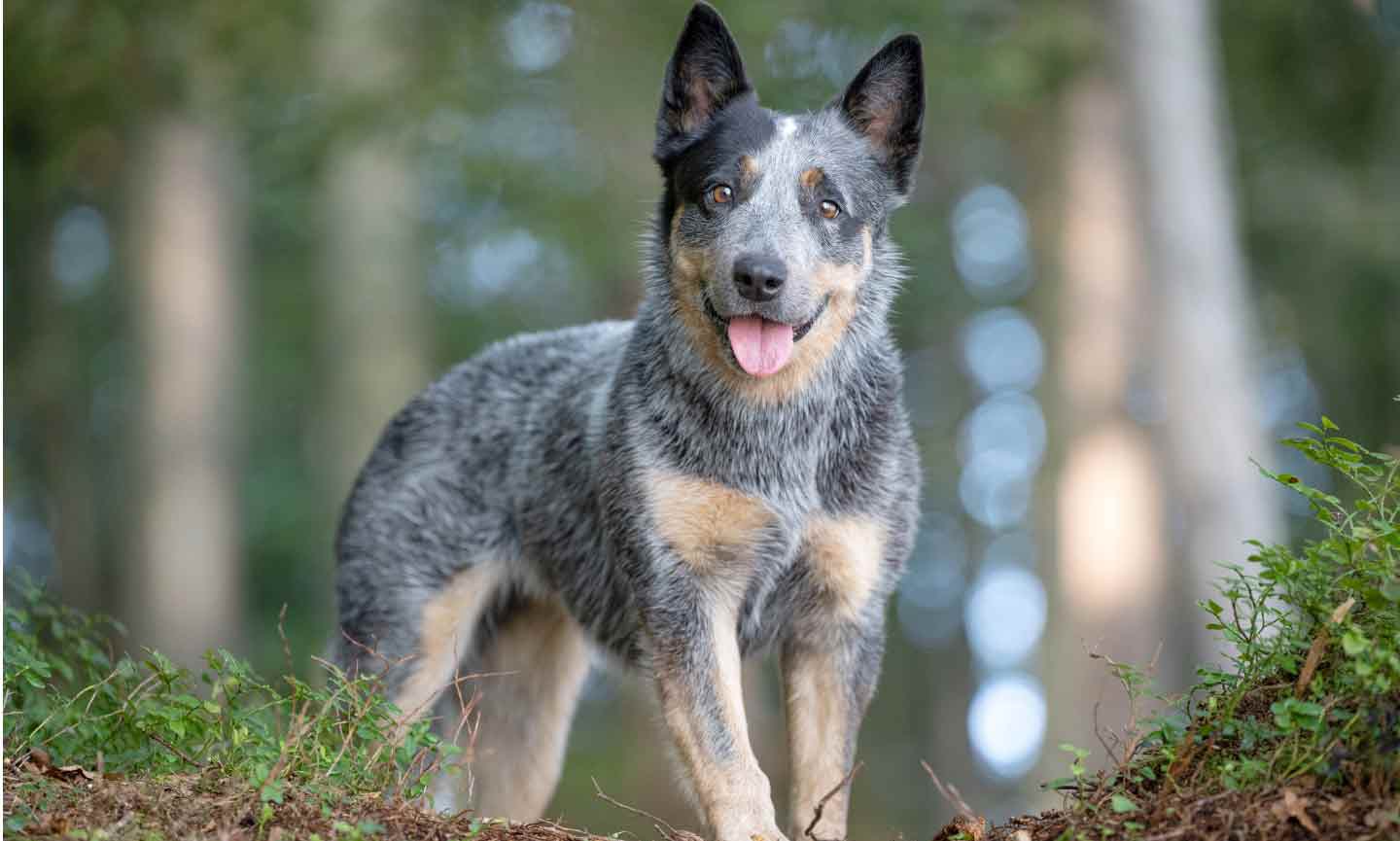
Golden Retriever
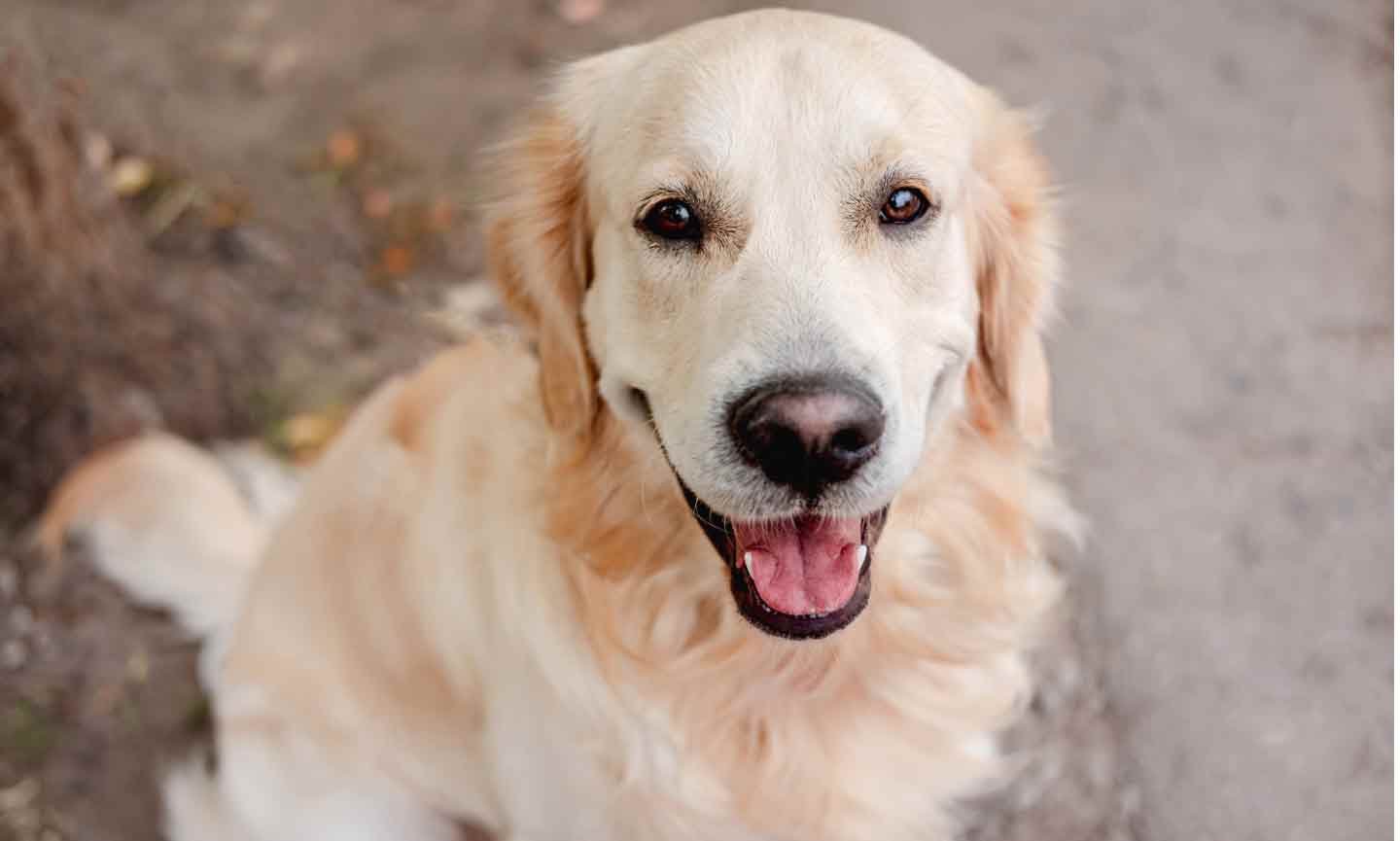
Thinking about rescuing a dog? Here's everything you need to know about dog adoption.
Kerri Fivecoat-Campbell contributed to this story.
All About Dog Adoption
Share:



